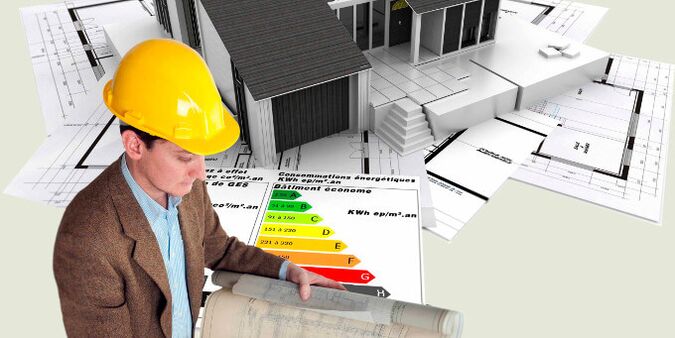

Energy savingIt is a set of measures to reduce the degree of negative impact on the environment, as well as to save money on the purchase of energy sources.
The Energy Saving and Energy Efficiency Program is a document that sets out some rules in the field of energy conservation for specialized organizations.
Which institutions and organizations are required to implement energy saving programs:
organizations whose activities are subject to government regulation;
state and municipal institutions;
enterprises engaged in the production or transportation of fuel and energy sources (fuels and energy sources);
organizations in which the energy efficiency and energy saving program is funded from the local (federal) budget;
organizations that annually spend more than 50 million rubles on fuel and energy sources.
The purpose of the program- saving heat and electricity, natural gas, motor fuel, water, etc. , competent use of resources, as well as the organization of a comprehensive comprehensive approach when performing various energy saving procedures.
The planned goals are achieved by:
increase the productivity of electricity supply and heating systems, water supply and sewerage systems;
use of highly efficient equipment and materials;
introduction of the latest and proven technologies for energy saving;
installation of measuring equipment;
organizing various measures aimed at the economic use of energy and resources. For example, training of employees, monitoring the operation of heating equipment, monitoring the dynamics of energy consumption, etc.
Based on these regulatory documents, an energy saving program is being developed:
"To save energy and increase energy efficiency";
"On requests for regional and municipal programs in the field of energy conservation . . . ";
"On additional measures to stimulate energy conservation";
"To increase energy efficiency and water use. . . "
"On the Procedure for Placing Requirements for Programs in the Field of Energy Saving and Increasing the Energy Efficiency of Organizations Performing Regulated Activities"
The above program without failure includes:
Information about target indicators that may indicate a decrease in consumption in physical terms and in comparable conditions;
List of energy saving measures (organizational, administrative, technological, aggregate and automation);
Explanatory note;
Program passport.
Stages of development of this program:
First, specialists collect data on resource consumption for the last year of operation of the enterprise. This is aided by readings of metering equipment as well as accounting documents;
Then (if necessary) an energy study of buildings and structures is performed. The reasons for unjustified consumption of energy sources are being clarified. Energy saving opportunities are evaluated;
Targets and indicators for energy consumption are defined. Energy efficiency measures are being developed, and the technical and economic indicators of these measures are being calculated. The amount and source of funding are determined;
The energy efficiency program passport is being developed.
Important points in the development and implementation of energy saving programs:
Budget organizations should reduce their consumption by at least 3% each year. Budget fund administrators monitor compliance with this requirement, and savings over 3% remain within the enterprise or institution;
It is forbidden to buy goods that are inefficient in terms of energy consumption. These are incandescent bulbs, etc. At least 5% of purchased lighting equipment must be LED lamps. At least 10% of the total number of insulating glass units installed must have a low emission coating;
A mandatory event is the installation of metering equipment.
For organizations that carry out regulated activities (transmission of electricity, water, heat, etc. ), the Energy Saving and Energy Efficiency Program is developed for 3 years, if there is an existing investment program - for the duration of the program.
























